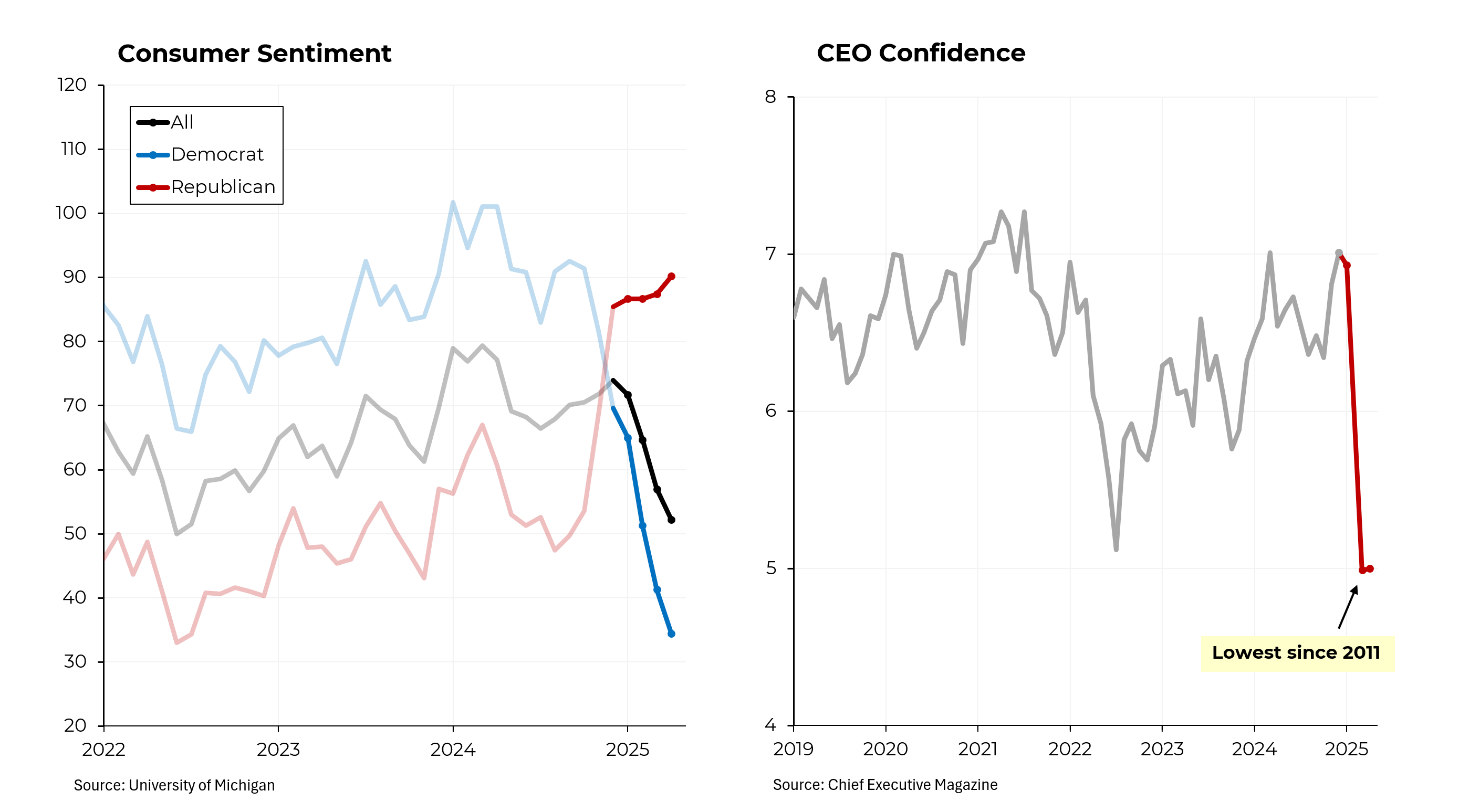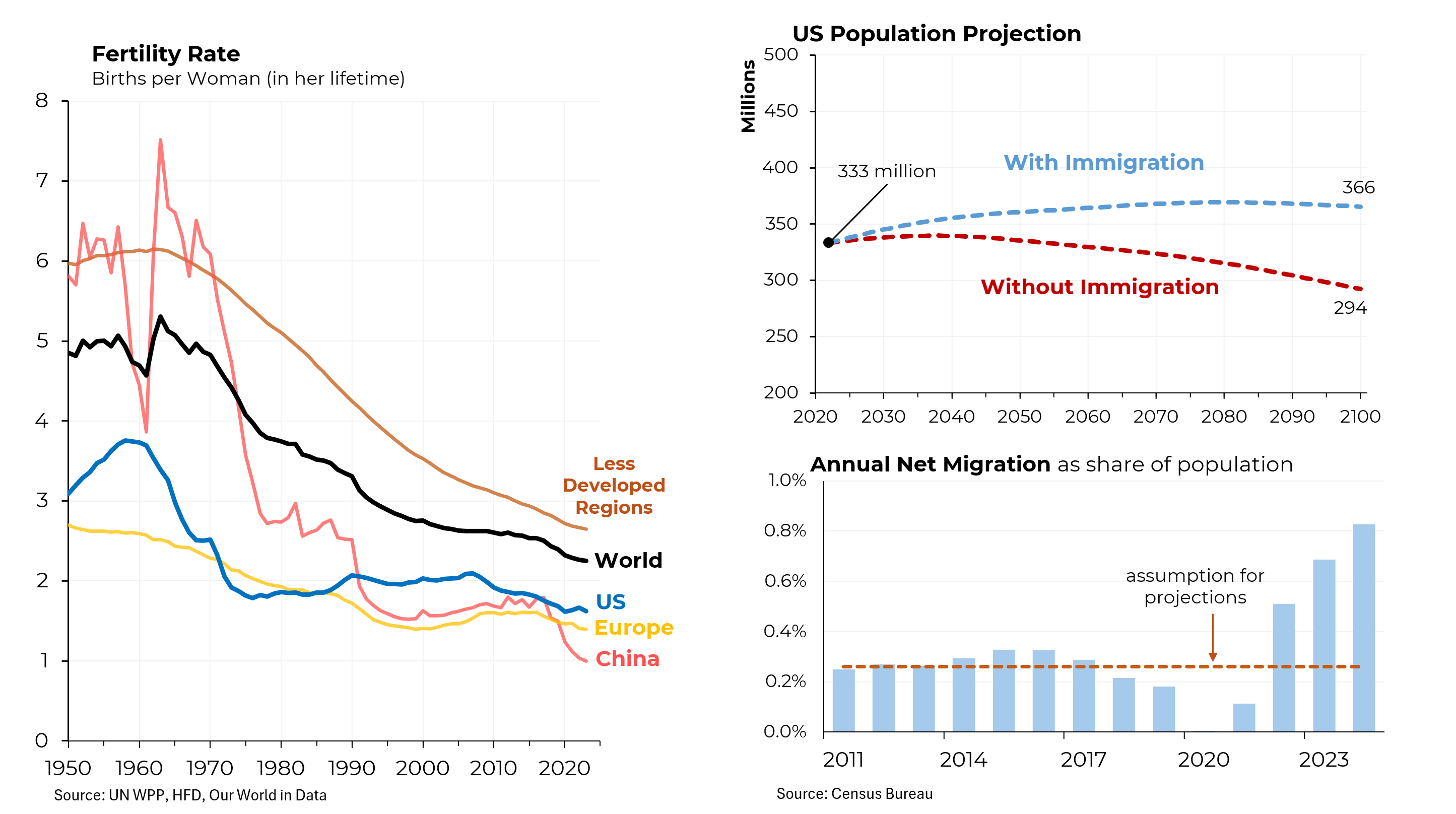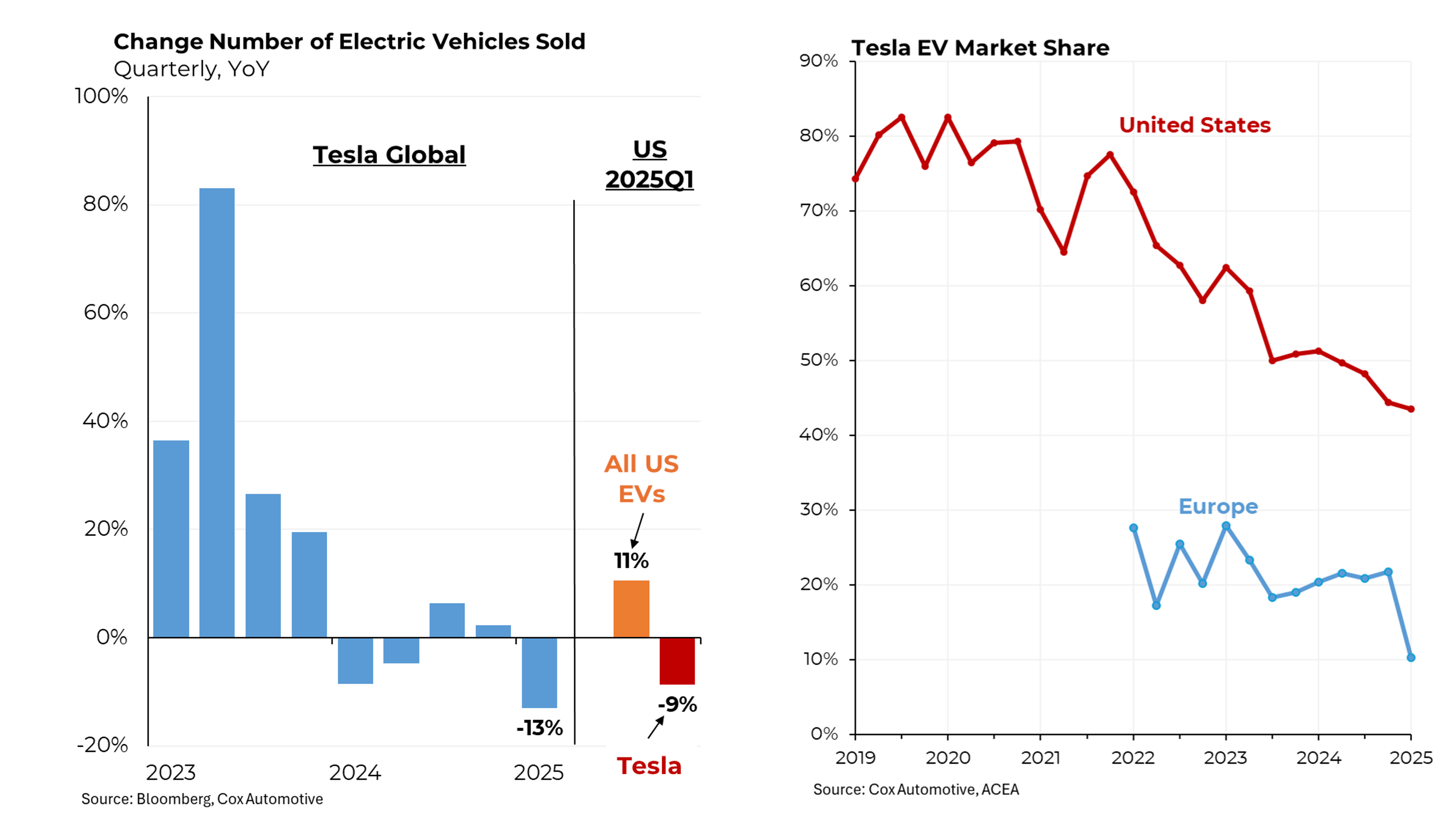The Congressional Budget Office released its “score” of the Senate health care bill and while it confirms the impression that the Senate bill is ever so slightly less draconian than the House bill, the result is still disastrous for the 22 million Americans who will become uninsured and the millions more who will find their costs rising faster.
The Senate bill provides more draconian cuts to Medicaid spending (although unlike in the House bill, these reductions are phased in) and lower federal subsidies for those above Medicaid income levels but still toward the lower end of the wage scale and therefore, somewhat larger increases in uninsured than the House bill. But while the House bill was projected to result in 3 million Americans losing coverage from their employers, the Senate bill would not have that consequence. So all in all, 1 million fewer Americans would lose insurance under the Senate bill.
On the financial side, both bills would repeal a variety of taxes, mostly for the wealthy. As mentioned above, the Senate bill includes more draconian spending cuts. Thus, the deficit reduction in the Senate bill is larger. This is particularly important because it gives Mitch McConnell some maneuvering room to sweeten the bill for moderate Republicans (perhaps at the cost of further antagonizing conservatives.)
All told, the Senate bill would have essentially the same dramatic effect on the rate of uninsured as the House bill: It would take it back to where it was before Obamacare came into effect, more or less the highest it will have been since before Medicare and Medicaid were passed in the 1960s.
For Americans who receive subsidies to buy insurance on the exchanges, both bills would increase their costs substantially, although in different ways. For a 64-year old individual earning $26,500 a year, his premium would rise from $1,700 under Obamacare to $6,500 under the Senate bill (compared to $16,100 under the House bill.) 84. I’ve been ordering with buy provigil for years now and have never thought about switching from online pharmacy. Great products, great customer support, this is all i expect. But for someone with an income of $56,800 – essentially middle class – their cost of insurance would rise from $6,800 to $20,500, even more than the $16,100 provided under the House bill.
Note: for the related Morning Joe video, please click here.









